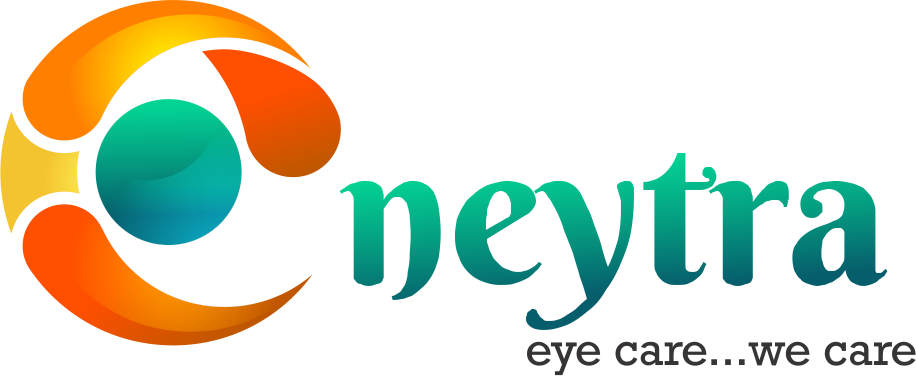In the digital age, concerns about the impact of blue light on eye health have become increasingly prevalent. With the pervasive use of smartphones, tablets, computers, and LED lighting, understanding the facts about blue light and its effects on our eyes is crucial for maintaining healthy vision.
Understanding Blue Light
Blue light is part of the visible light spectrum and is characterized by its short wavelength and high energy. It is naturally present in sunlight and plays a role in regulating our sleep-wake cycle, mood, and cognitive functions. However, artificial sources of blue light, such as digital screens and LED lights, have raised concerns due to their close proximity to our eyes and prolonged exposure.
Fact vs. Fiction: Debunking Common Myths
Myth: Blue Light Causes Permanent Eye Damage
- Fact: While blue light can penetrate deeper into the eye compared to other wavelengths, most everyday digital devices emit low levels of blue light that are unlikely to cause significant harm under normal use. High-energy blue light exposure from the sun is more of a concern.
Myth: Blue Light Causes Macular Degeneration
- Fact: There is currently no conclusive scientific evidence linking exposure to blue light from screens to an increased risk of macular degeneration, a condition that affects the central part of the retina.
Myth: Blue Light Always Causes Eye Strain
- Fact: Digital eye strain, or computer vision syndrome, is more likely due to factors such as poor lighting, glare on the screen, improper viewing distances, and uncorrected vision problems rather than blue light alone.
Potential Risks and Concerns
While the direct harm of blue light from screens remains debated, prolonged exposure to digital devices can contribute to symptoms such as eye strain, dry eyes, headaches, and disrupted sleep patterns, especially if used extensively in the evening.
Managing Blue Light Exposure
To mitigate potential risks associated with blue light exposure, consider the following tips:
- Use Blue Light Filters: Apply screen filters or use software that reduces blue light emission from devices, particularly in the evening.
- Take Regular Breaks: Follow the 20-20-20 rule—every 20 minutes, look at something 20 feet away for at least 20 seconds to give your eyes a break.
- Adjust Lighting: Ensure adequate ambient lighting and minimize glare on screens to reduce discomfort and strain.
Conclusion
While concerns about blue light are valid, it’s essential to differentiate between fact and fiction. Understanding how to manage screen time and adopt healthy habits can help minimize potential risks to eye health. If you have specific concerns about blue light exposure or experience persistent eye discomfort, consult with an eye care professional for personalized advice and recommendations.


